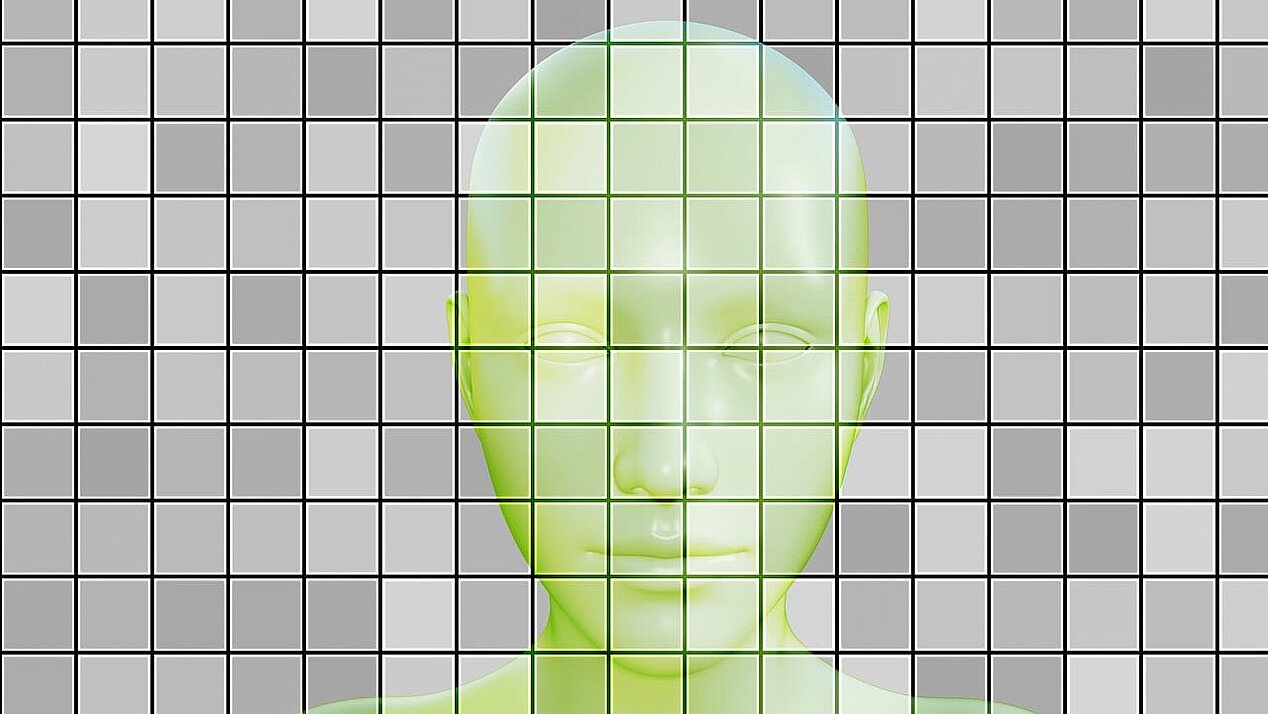AI already beats humans in difficult tasks like playing chess, Go and other complex strategy games, or when conducting medical and legal diagnoses. Besides the intelligent automation of control systems, computer vision and language processing have received the most attention in recent years and vastly outperform certain forms of human perception and expression.
Yet AI is still far away from mimicking human-level intelligence or reaching superhuman intelligence, and it still needs to overcome engineering bottlenecks related to creative and social intelligence. Today’s algorithms are not able to abstract from one situation and apply general concepts to new contexts and tasks. Nor can algorithms automatically change the methodology of learning itself.
While the application of AI systems can be extremely efficient and scalable, training AI systems still takes a long time, is extremely costly, and is much more inefficient than how humans learn. From the perspective of collective intelligence, AI cannot build or compete against large and complex social organisations, which is the human ability that arguably distinguishes humankind from nature.
Today’s algorithms are not able to abstract from one situation and apply general concepts to new contexts and tasks. Nor can algorithms automatically change the methodology of learning itself.
In short, since the rise and collection of mass data, AI has advanced rapidly, but it will not advance rapidly enough to match the apologetic or dystopian fantasies of a post-humanist and post-evolutionist era anytime soon.
The level of risk attributed to AI is not a matter of optimism or pessimism but one of understanding how AI serves existing human behaviour and how it can alter power relations.
Even before AI reaches or exceeds human-level intelligence, the disruptions of AI will be twofold; they will be immediate and felt directly, and they will be structural and unfold over a longer period of time. Regarding the former, AI’s immediate risks relate to the existing landscape of cybersecurity threats, which will change tremendously due to the malicious use of AI. There has been a steep increase in traditional cybersecurity breaches and cybercrime incidences that mainly threaten individuals, businesses, and national infrastructures.
These are caused by individual criminals, organised crime groups, terrorists, and states or state-sponsored actors, and they primarily involve the disruption of digital and physical systems, theft, and cyber espionage.
The level of risk attributed to AI is not a matter of optimism or pessimism but one of understanding how AI serves existing human behaviour and how it can alter power relations.
Cyberwarfare is a combination of all of these and also involves information and psychological operations to manipulate public opinion. Due to its scalability and efficiency as well as the increasing psychological distance between the attacker and the target, the malicious use of AI will lead to the expansion of existing cybersecurity threats, create entirely new forms of cyber-physical threats, and carry out attacks and crimes that are much more targeted by optimising the trade-off between effort and harm or gain.
Due to such a changing landscape of immediate threats and risks, cybersecurity (and more recently AI) has become a matter of national security and military priority. While the next generation of mobile networks, or 5G, makes it possible to connect everything with everything and with everyone, at home, in the office, in factories, and in smart cities, AI provides automation for the purpose of efficiency and convenience. The combination of both technologies will tremendously expand the surface for cyber-physical threats and accidents. It will further complicate both the deterrence and attribution of cyber-attacks or other hacking exploits due to the increasing complexity and interconnectedness of computer networks.
It won’t be possible to prevent those threats, but it will only be possible to mitigate them. For many governments, it’s not a question if but when severe cybersecurity incidences will occur. The risk is independent of specific technology providers.







